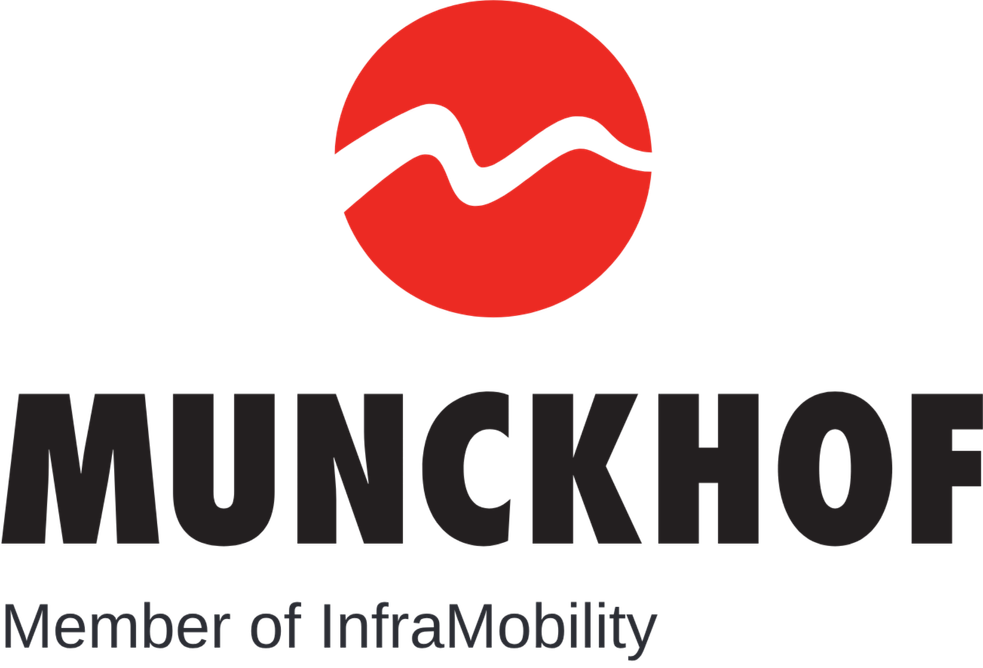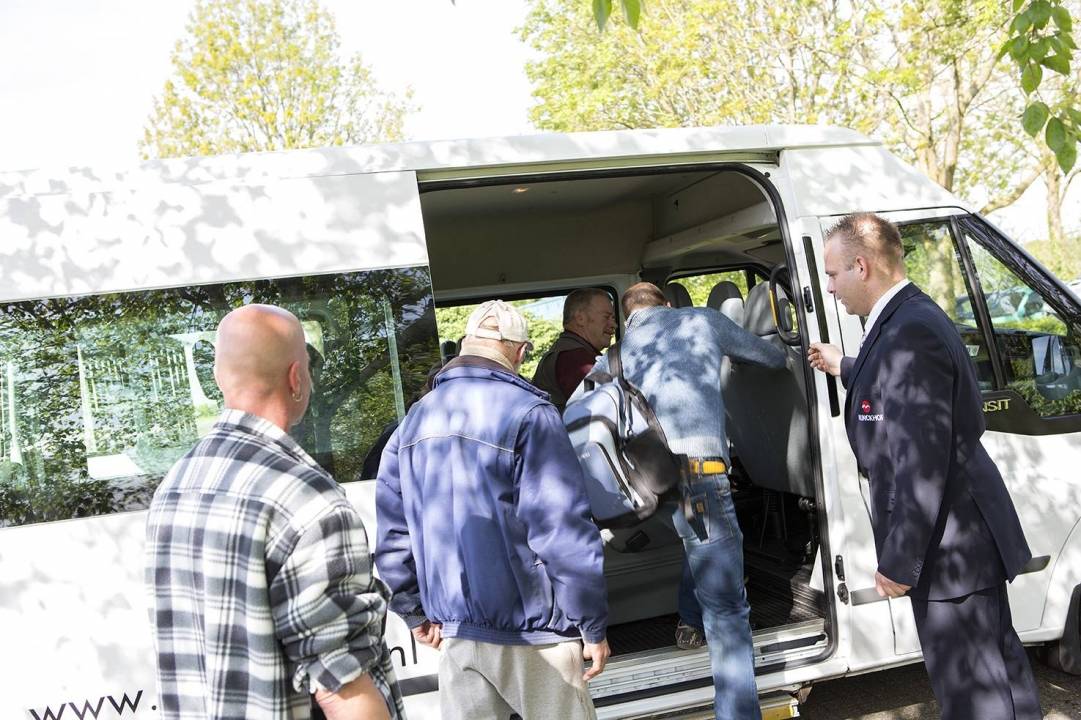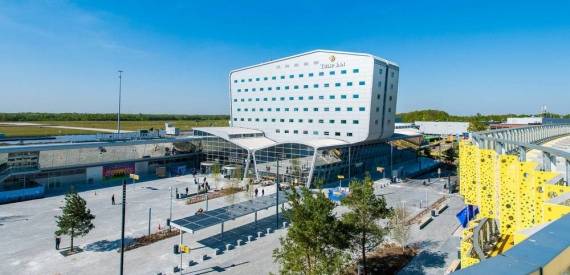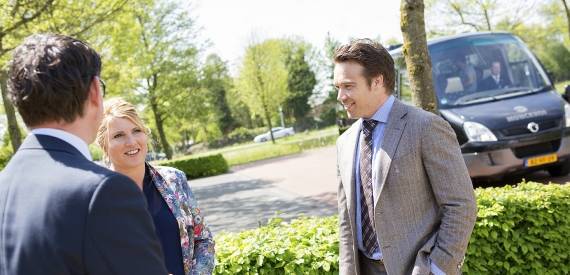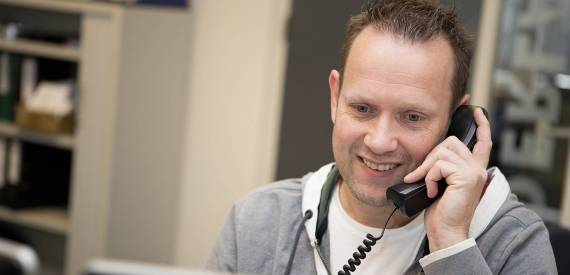People, medicine and meals all in one van
One minibus is carrying medicine, the other is transporting a full load of meals and another is driven by a colleague of mine who is bringing people to their work at a sheltered employment facility. All of these vehicles are underway at the same time and their routes often pass along the same destinations. Why can’t his be done more efficiently?
E-coach as pilot project
Last year, Munckhof began a project called E-coach. In this project we carry out the combined transport of divergent forms with one sustainable (green) vehicle. The vehicles are specially equipped for this with a separate cooling unit for fresh goods and medicines and the drivers have completed a special training course.
Transport doesn’t end at the front door
The project has now been running for more than six months and we have learned a great deal. We have discovered that this idea is more difficult to carry out in actual practice than in theory. For example, in order to make transport more efficient, we have to shift our time tables. So it is no longer a matter of course that the medicines arrive at the same time every day. Planning-wise, this doesn’t have to be a problem, but for all the processes related the transport, it is not ideal. You can, for example, pick and deliver the meals whenever it fits into the planning; however, if the meals arrive at 2:00 PM, it will be too late for lunch.
Combining on a small scale
Put briefly, it hasn’t been so easy to put everything together and make efficient combinations from there. The solution has been to combine transport on a smaller scale. We have made routes for the separate components and have looked for ways to make those more efficient. The taxi starts in the morning transporting clients in a given target group,afterwards the fresh goods and medications are delivered to the various facilities and at the end of the day the clients are driven home again. The great advantage to this method is that we still only need one vehicle to organize all of this transport and it is neatly spread out throughout the day. The vehicle and the driver never stand still and the usual schedules can remain largely the same. We will perhaps eventually search for additional combinations within this concept. Until that time, I would be most interested to know what your vision is when it comes to combining transport.
